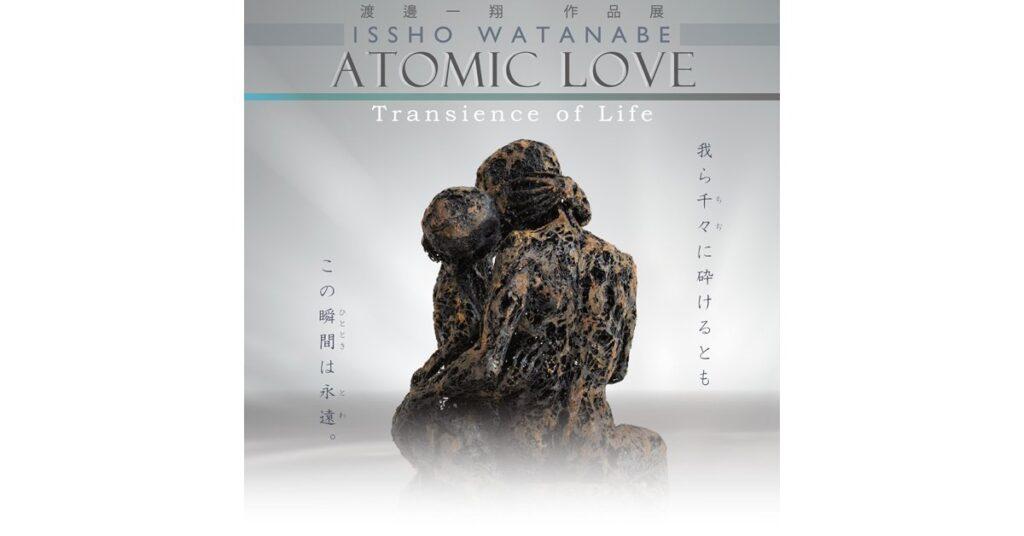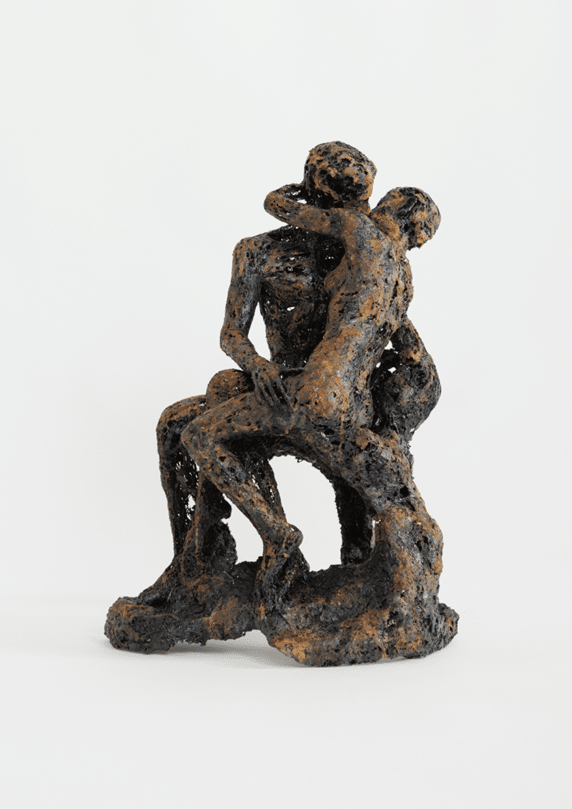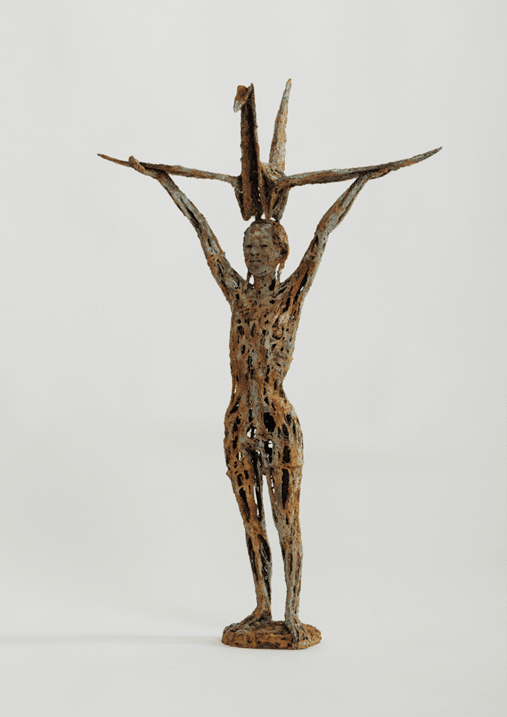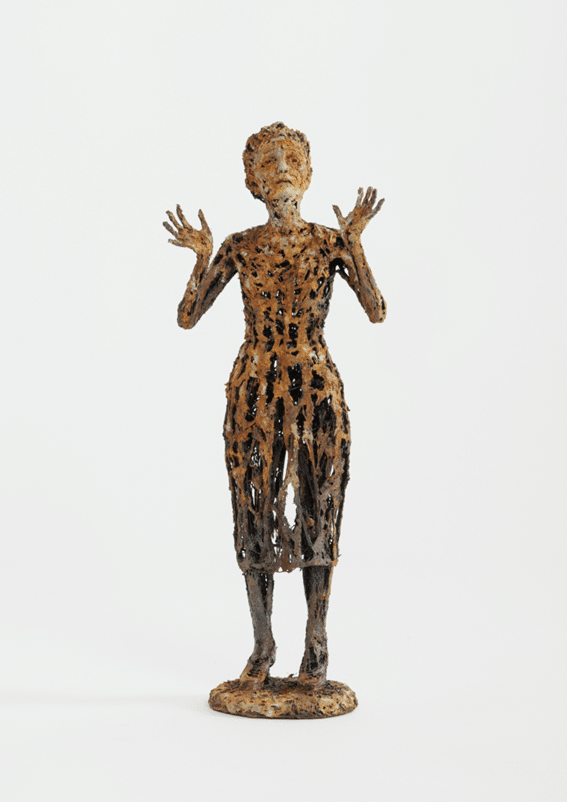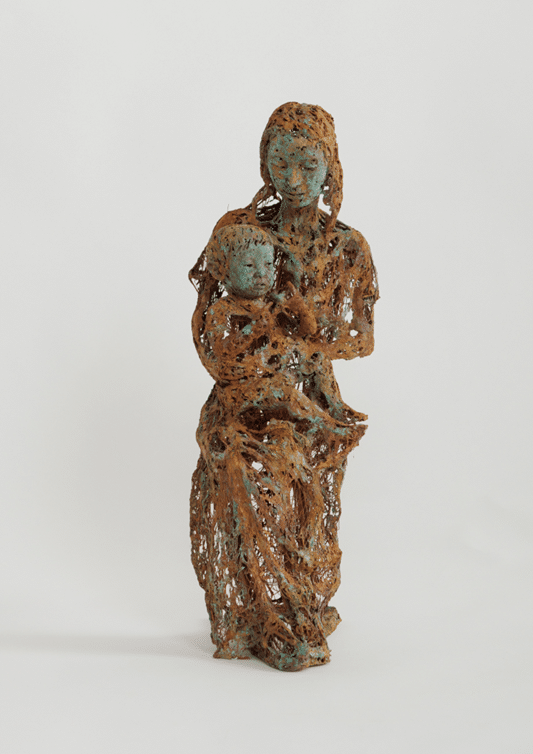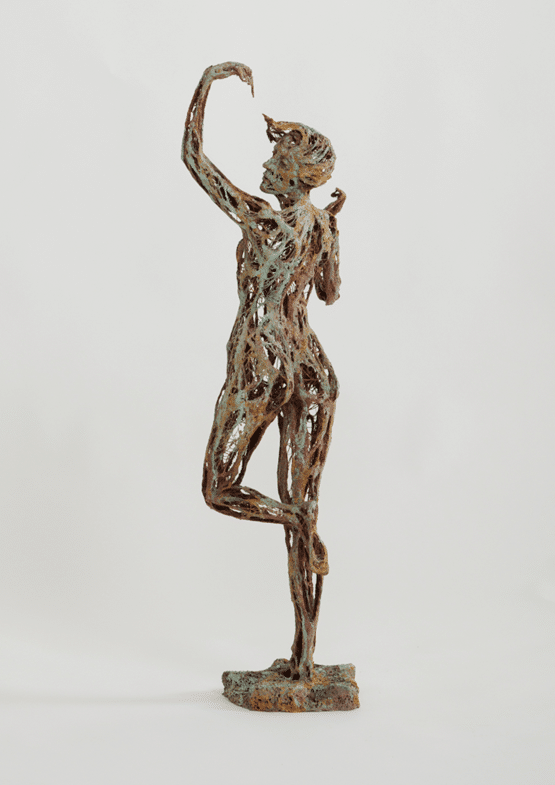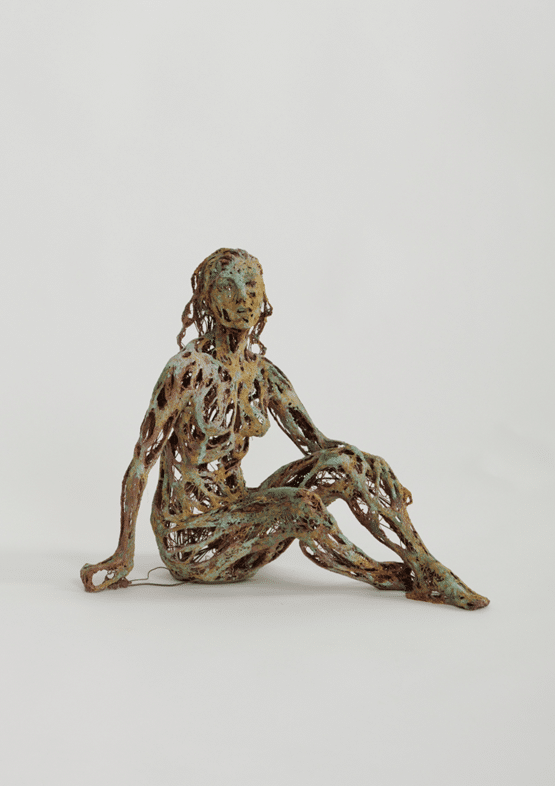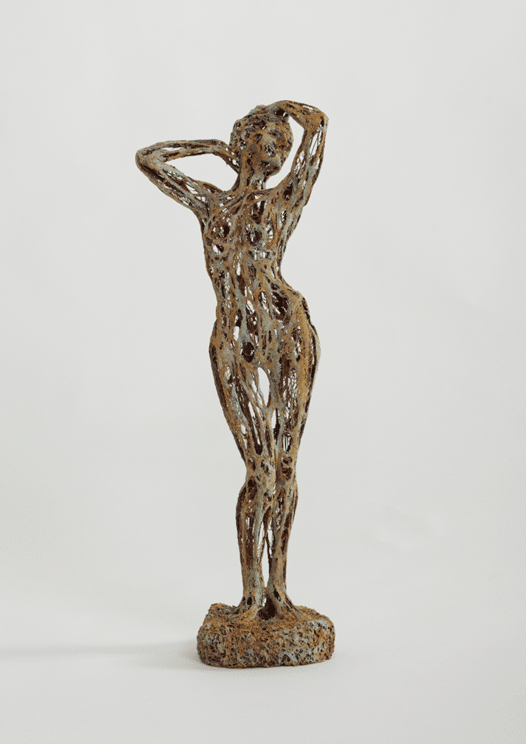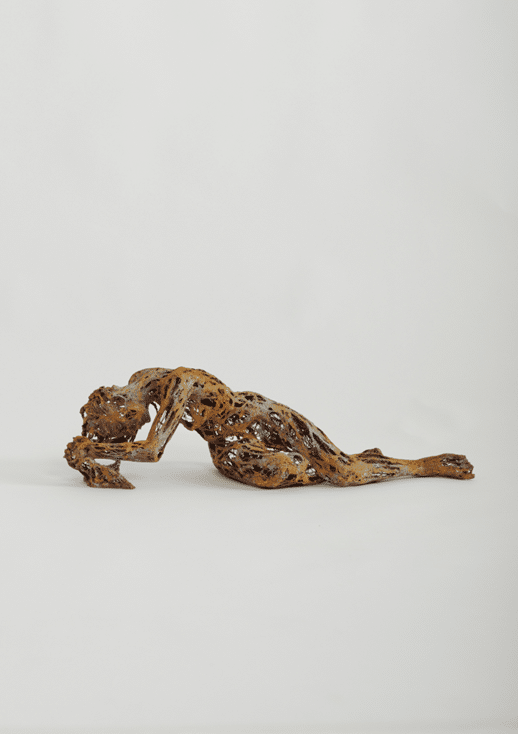We are pleased to announce the exhibition “Atomic Love – Transience of Life -” by artist Issho Watanabe, which will be held from Sunday, August 18, 2024, to Friday, August 30, 2024. This exhibition showcases works that allow us to rediscover the preciousness and gratitude of everyday life. Nearly 80 years after the war, as narrators of war experiences become rare, this exhibition is structured to help us recognize anew the irreplaceable nature of ordinary life by considering the reality of war in peaceful Reiwa-era Japan. We encourage you to focus on the message of the artist, who, as a young person living in today’s peaceful Japan, practices what can be done to “not repeat mistakes.”
Through objects that are ephemeral and fleeting, Watanabe’s works make us realize the value of a peaceful environment. Is it ignorant or sometimes disrespectful for Watanabe, who belongs to the generation of “children of the children who do not know war,” to speak about war? Despite changes in the international situation, Watanabe’s perspective, which continues to take war seriously as a current issue in a peaceful and orderly Japan, offers many insights, including the genuine reality felt by his generation.
For Watanabe, the reality of war means that the irreplaceable, ordinary happiness of everyday life can disappear in an instant. This is not limited to war; natural disasters, conflicts, and epidemics constantly threaten our peaceful order. Disasters can transform the humanistic achievements that humanity has built over time into shapeless, irretrievable losses in an instant.
The exhibited work “Le baiser (The Kiss)” is a symbolic piece that captures a moment of everyday happiness. Using Rodin’s sculpture as a motif, it conveys the dual process of the blissful moment between a man and a woman, as well as the sculpture representing that moment, being lost due to disaster.
Size : 30x33x49 cm ,Year : 2024
Size : 17x35x53 cm ,Year : 2024
Watanabe believes that songs filled with love, which estrange our ordinary daily lives and allow us to prominently re-recognize moments full of meaning, are invaluable. Music enriches people, and songs that use human affection as their motif are among the highest forms of art. What made Watanabe realize the irreplaceable nature of everyday life was not a grand and solemn symphony but a single chanson. This work symbolizes the eternal, irreplaceable moments of life, embodied by the life and songs of the chanson singer Édith Piaf.
Many of us lose our minds to busyness and tend to neglect our daily lives. Watanabe strongly feels that a calm everyday life is the greatest happiness and, for example, time spent watching a mother and child is a supreme joy. This sentiment is captured in his work “Madonna.”
His art pieces revive the traditional Japanese blue-green color (aoiro) through patina, evoking even the aesthetics of wabi-sabi. The motifs and essence of his sculptures, based on drawing, originate from Western art, while the expressive techniques related to wabi-sabi derive from Japanese culture. Watanabe also boldly challenges the fusion of Eastern and Western civilizations as a new form of artistic expression.
Size : 10x14x37 cm ,Year : 2024
Size : 20x27x48 cm ,Year : 2024
The title of this exhibition eloquently conveys the artist’s profound message. Our bodies, composed of atoms subject to beta decay, are ephemeral and fleeting. Watanabe hopes that we do not become assimilated into the quotidian reality of conflicts that can reduce beloved individuals and precious cultural treasures to ashes in an instant, like atomic bombs. Instead, he urges us to recognize our existence at the atomic level, to love one another, and to cherish our beautiful daily lives. Admission to this exhibition is free, so if you are in the area, we warmly invite you to visit and experience these thought-provoking works.
Size : 21×26×62 cm ,Year : 2024
Size : 30×29×30 cm ,Year : 2024
Size : 21×26×62 cm ,Year : 2024
Size : 20x54x25 cm ,Year : 2024
Issho Watanabe( 渡邊一翔 ) Profile
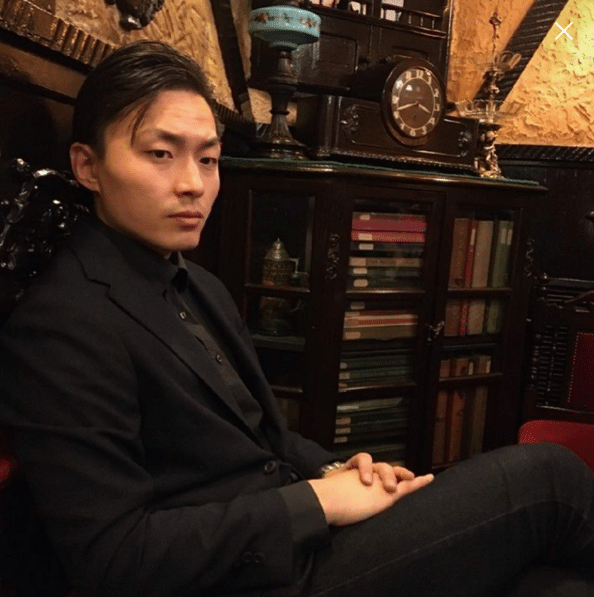
Born in 1988 in Kyoto City, Issho Watanabe employs a 3D pen as his medium, crafting sculptures that juxtapose fragile transience with enduring durability. Under the guidance of his father, who operated a drawing studio, he honed his artistic expression. Encounters with human malice, such as burglary and arson in his former residence, prompted him to delve deeper into the nature of humanity. These experiences led him to re-examine the essence of human existence through the depiction of the human body, a journey that he continues to pursue to this day.
Biography:
1988: Born in Kyoto City, Japan
2011: BFA in Sculpture, Kanazawa College of Art
2014: Completed Master’s program in Art Education, Department of Art Studies, Tokyo University of the Arts
2015: The Power of Drawing: Human Body Drawing Exhibition, Nagoya, Japan
2016-2019: Leader of Sculpture Seminar “Rojue Modeling
2019: Art Education Forest “Artists in the Laboratory of Art Education”, The University Art Museum, Tokyo National University of Fine Arts and Music
2020: Research note published in Journal of Art Anatomy (Japan Society of Art Anatomy) A method of creating human skeletal models using 3D pens – from the creation of stencils for sculpture production and teaching materials.From the creation of a paper pattern
2022: Nihonbashi N11 Gallery, “Affirmation of Go” by Kenta Ichinose and Kazusho Watanabe
2023: Gallery Tei “Succeeding Lines – The beauty of the human body drawn by lines from two-dimensional to three-dimensional” (Gallery Tei) Kazumasa Watanabe (human body painting) × Kazusho Watanabe (sculpture)
Geidai Art Plaza Exhibition “Geidai Mythology – GEISHIN
2024: “The Art of Tea,” an exhibition organized by Geidai Art Plaza
Atomic Love – Transience of Life – Exhibition Outline
Date: August 18 (Sun.) to 30 (Fri.), 2024
Opening hours: 10:00 ~ 18:00
Venue: GARDE Gallery (ALLIANCE Building 4F, 5-2-1 Minami-Aoyama, Minato-ku, Tokyo)
Admission: Free
Moderator: Kenta Ichinose
Main Speaker: Kazusho Watanabe
Guest Speaker: Ryo Kimoto

